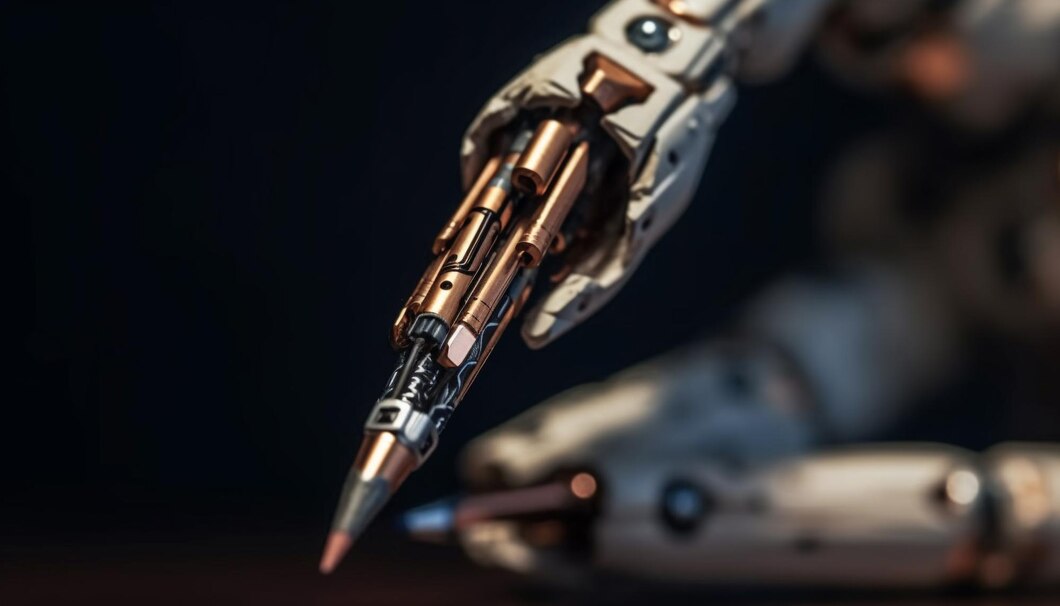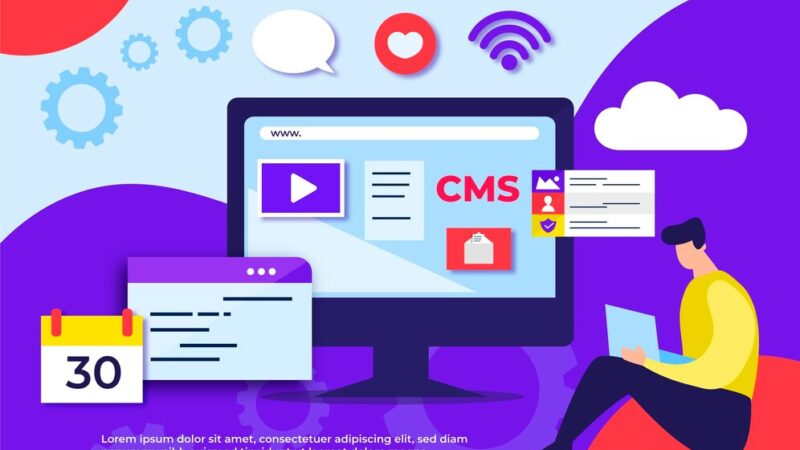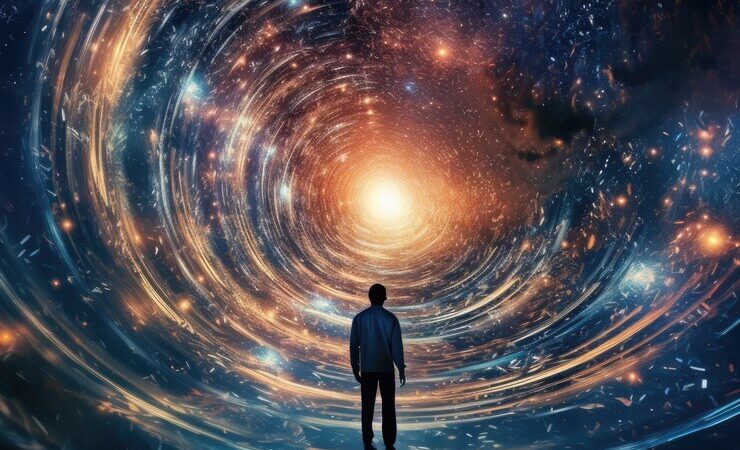he Fascination with AI Art: The Intersection of Horror and IV Needles

In recent years, Artificial Intelligence (AI) has revolutionized the world of art. AI-generated artwork is taking the creative world by storm, leading to a fascinating intersection of human creativity and machine intelligence. One area where AI art is making a significant impact is the horror genre, specifically in creating disturbing and eerie images related to IV (intravenous) needles. This intersection of horror and medical imagery plays on deep-seated human fears, creating powerful and unique visual experiences.
This article will explore the growing trend of AI-generated horror art, focusing on the disturbing yet captivating combination of horror and IV needles. We’ll dive into why this fusion works so well, its impact on audiences, and the ethical implications of using AI to create such unnerving images.
What is AI Art?
AI art is a form of art created by algorithms and machine learning techniques. AI models, such as Generative Adversarial Networks (GANs), are trained on vast datasets of images, allowing them to generate new, unique artwork based on patterns they learn. AI-generated art can mimic various styles, from classic paintings to contemporary digital art, but what sets AI apart is its ability to push the boundaries of creativity. It creates art that often feels otherworldly, abstract, and sometimes deeply unsettling.
The Horror Genre and its Appeal
Horror has always been popular in art, literature, film, and even video games. The allure of horror lies in its ability to tap into our primal fears—fear of the unknown, fear of pain, fear of death. Horror art, in particular, plays on these fears through grotesque, eerie, and sometimes surreal imagery. When combined with medical themes like IV needles, the horror takes on a visceral quality, as it triggers both psychological and physical discomfort in the viewer.
IV needles represent vulnerability. They are a symbol of medical procedures, pain, and the fragility of the human body. For many people, the mere sight of a needle can induce anxiety. Combining this with horror imagery amplifies the unease, making it a potent theme in AI-generated horror art.
Why IV Needles in Horror AI Art?
The use of IV needles in AI horror art works so well because of the inherent tension between life and death that they represent. IV needles are associated with medical care and, in many cases, the preservation of life.
AI horror art often exaggerates the details of IV needles, making them appear oversized, sharp, and menacing. This visual exaggeration plays on our natural aversion to needles, heightening the horror. Furthermore, AI can combine needles with other unsettling elements, such as decaying flesh, distorted faces, or dark, haunting environments, creating a chilling atmosphere.
The Impact of AI-Generated Horror Art on Audiences
AI-generated horror art, especially when it features medical imagery like IV needles, can have a profound psychological impact on viewers. For some, the combination of medical and horror themes can trigger feelings of discomfort, fear, or even dread. This is partly due to the “uncanny valley” effect, where AI-generated images appear both familiar and disturbingly alien at the same time.
Viewers may also experience a sense of fascination and intrigue when encountering AI-generated horror art. The surreal and abstract nature of these images can draw people in, even as they feel repelled by the disturbing content. This dual reaction—both attraction and revulsion—is a hallmark of effective horror art.
The Role of AI in Enhancing Horror Themes
One of the strengths of AI in creating horror art is its ability to generate unpredictable and imaginative visuals. While human artists can create impressive horror imagery, AI adds a layer of randomness and abstraction that can make the artwork feel more otherworldly and strange. AI can blend elements that might not be possible for a human artist, resulting in visuals that are unsettling and difficult to interpret.
For example, an AI-generated image featuring IV needles might combine human faces with grotesque, elongated needles that pierce through the skin in impossible ways. The AI’s ability to distort and manipulate shapes creates a sense of unease, as the viewer tries to make sense of what they’re seeing. This element of unpredictability is a powerful tool in the horror genre.
Ethical Considerations in AI-Generated Horror Art
While AI art opens up new creative possibilities, it also raises ethical questions, particularly when it comes to horror imagery. Some argue that AI-generated horror art can be too disturbing, especially when it plays on real-world fears, such as medical procedures involving IV needles. Others worry about the potential desensitization of audiences to violent or grotesque imagery, as AI can produce an endless stream of disturbing content.
Another concern is the use of AI in generating art that could be considered exploitative or harmful. For example, creating AI-generated horror art that targets specific phobias or traumas, such as fear of needles, could be seen as crossing ethical boundaries. Artists and developers must consider the potential psychological impact their creations may have on audiences and weigh this against the artistic freedom that AI provides.
The Future of AI Horror Art: More Disturbing or More Accessible?
AI-generated horror art may become more sophisticated, with the ability to tailor visuals to individual viewers’ fears, creating personalized horror experiences. This could lead to even more disturbing and intense horror imagery, blurring the line between art and psychological manipulation.
On the other hand, AI may also make horror art more accessible to a wider audience. Artists who may not have the technical skills to create traditional horror art can use AI tools to bring their visions to life. This democratization of art could lead to a broader range of horror-themed creations, with more diverse perspectives and styles.
Conclusion
AI-generated horror art, particularly when it incorporates themes like IV needles, offers a unique and unsettling experience for viewers. The combination of AI’s ability to create abstract, otherworldly images with the primal fears associated with medical procedures creates a powerful and visceral form of art. As AI technology continues to evolve, so too will the possibilities for horror art, leading to new and innovative ways to explore our deepest fears.
While AI-generated horror art can be captivating, it also raises important ethical considerations. Artists and developers must navigate the fine line between creative expression and the potential harm that disturbing imagery can cause. Ultimately, AI art represents an exciting frontier in the world of horror, offering both artists and audiences new ways to experience the genre. Whether you find it fascinating or terrifying, one thing is certain—AI horror art is here to stay.





